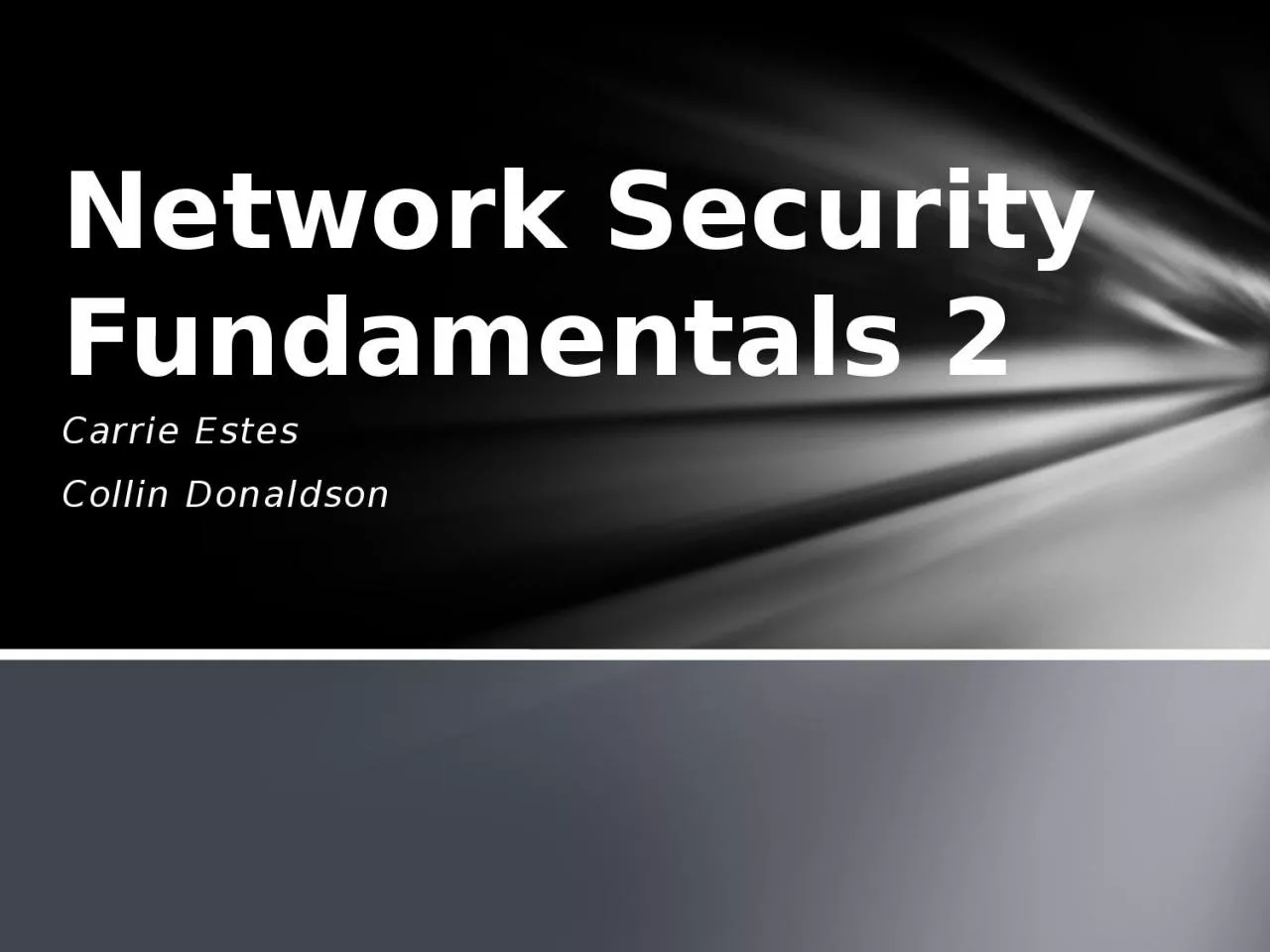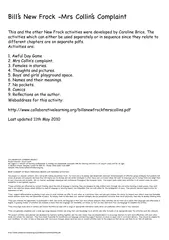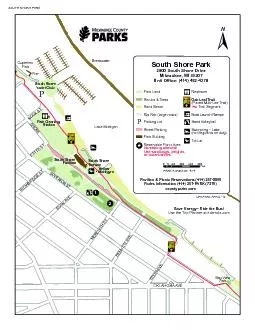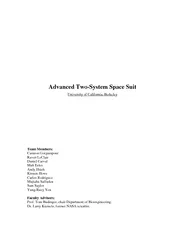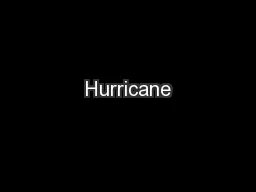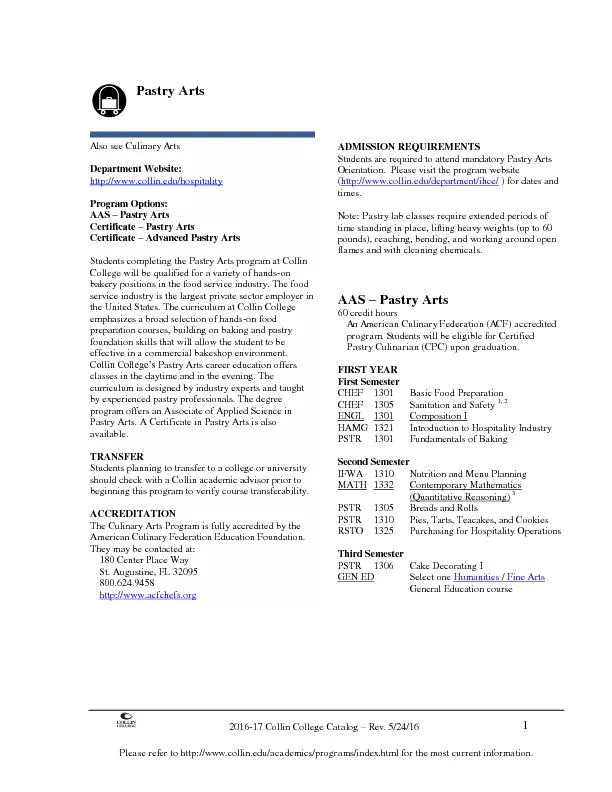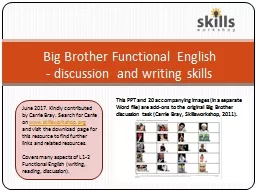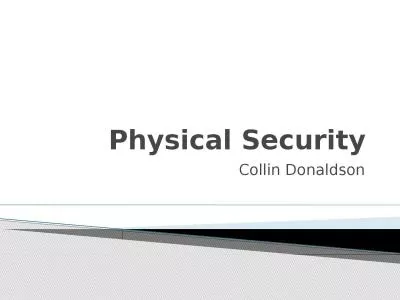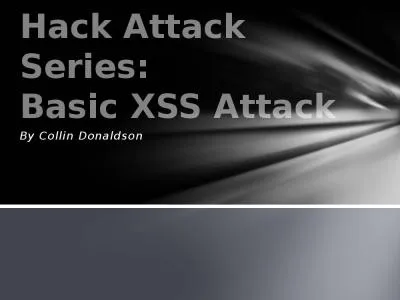PPT-Carrie Estes Collin Donaldson
Author : vivian | Published Date : 2024-02-09
Network Security Fundamentals 2 Zero day attacks zero day Web application attacks Signing up for a class Hardening the web server Enhancing the security May not
Presentation Embed Code
Download Presentation
Download Presentation The PPT/PDF document "Carrie Estes Collin Donaldson" is the property of its rightful owner. Permission is granted to download and print the materials on this website for personal, non-commercial use only, and to display it on your personal computer provided you do not modify the materials and that you retain all copyright notices contained in the materials. By downloading content from our website, you accept the terms of this agreement.
Carrie Estes Collin Donaldson: Transcript
Download Rules Of Document
"Carrie Estes Collin Donaldson"The content belongs to its owner. You may download and print it for personal use, without modification, and keep all copyright notices. By downloading, you agree to these terms.
Related Documents

